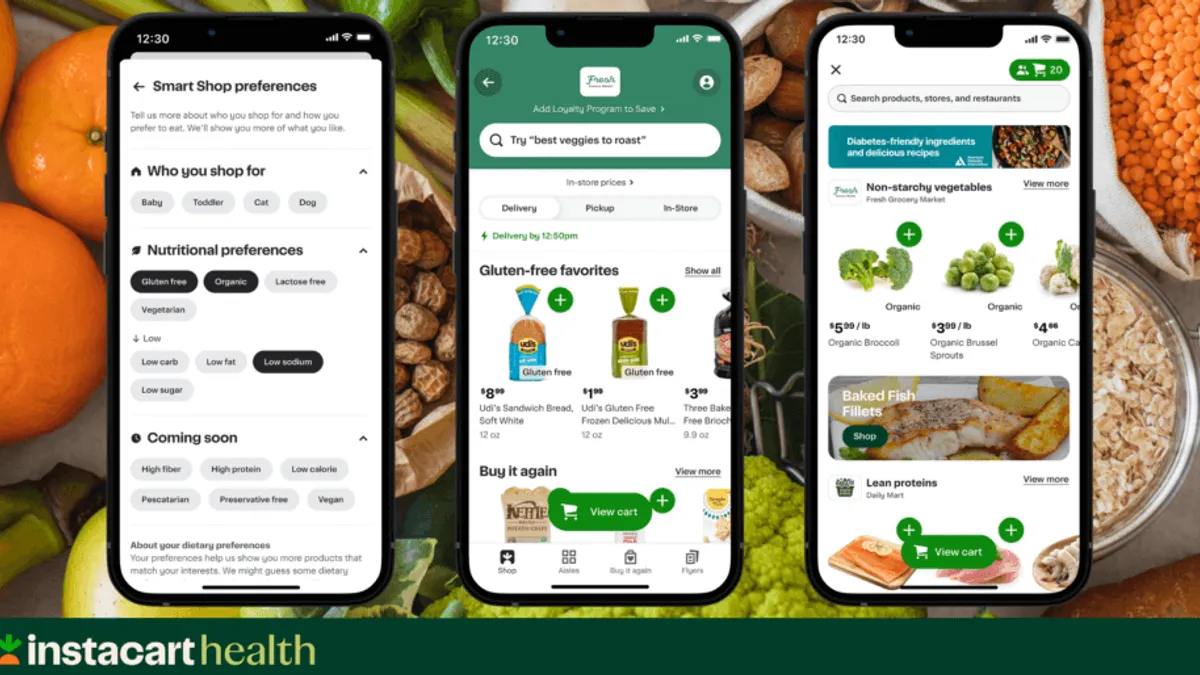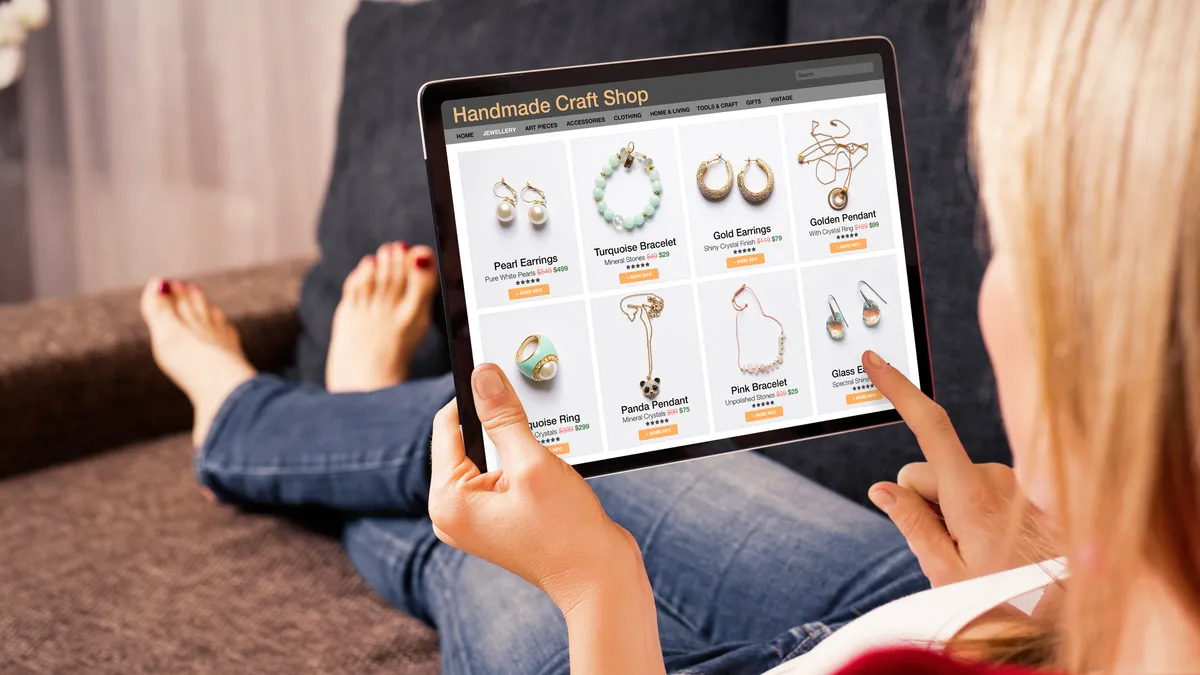Google has spared third-party cookies, but that doesn’t exempt CX leaders from rethinking how they collect data for their personalization efforts.
Companies have good reason to explore other options even without the former deadline driving their actions.
Chrome only represents a portion of total web browser usage, even if it is a large share, according to Stephanie Liu, senior analyst at Forrester. Competitors like Safari and Firefox already restrict cookie usage, and Chrome itself offers add-ons that hamper data collection.
Consumers also expect companies to know them better than ever. Third-party cookies can power experiences aimed at a certain demographic, but zero- or first-party data can fuel more personalized experiences.
Although cookies may have earned a stay of execution, they are no longer the best tool available for creating personalized experiences, experts told CX Dive. Some companies have already started moving away from third-party sources, a move experts encourage.
“The Google announcement removes a sense of urgency for a lot of brands, but in my opinion, they're burying their heads in the sand,” Liu told CX Dive.
What Google’s decision offers is time for leaders to improve zero- and first-party data collection, according to Thomas Randall, director of AI market research at Info-Tech Research. Now is the time to do it: Organizations still have the safety net of third-party cookies while they develop data collection programs with an eye toward the future.
Better data, better personalization
Customer experience benefits from the accuracy companies can attain when they keep data collection close to home.
The primary problem with third-party cookies is that they don’t come directly from the customer, making the insights they provide unreliable, according to Randall.
“This can lead to confusing attempts at personalization,” Randall told CX Dive in an email. “A person may be targeted with an ad campaign on a product they accidentally clicked on, resulting in a poor experience.”
First-party data is more accurate because it comes directly from a company’s engaged user base, according to Randall. Zero-party data — information a customer volunteers to share with the business — can be even more powerful.
However, customers are often reluctant to part with their personal details, which can make zero-party data collection difficult.
The trick to overcoming cynicism is being open and honest about how information will be used, according to Liu.
"Be upfront about why you're asking for the data, and do as you say you will do," Liu said.
Approach personalization with forethought
Zero- and first-party data can create new opportunities for standout experiences, but companies will want a plan before they act.
Leaders should avoid the temptation to collect data just for the potential it offers, according to Liu. Customers expect something in return for their personal information. If they don’t see the benefits, they might feel burned — making them less likely to share any data at all.
“Once you get into that fishing expedition of, ‘We think this would be nice to know about you, and we'll figure out how to act on it later,’ that's when you create broken experiences,” Liu said.
Data collection efforts that start with a goal can avoid that. By determining how CX can be improved, companies can work backwards to understand what kind of personal information will enable that kind of experience.
Liu highlighted beauty retailers as an industry excelling at zero-party data collection. Companies like Sephora want to highlight products that match their customers’ needs, so they ask customers questions about their skin tone and hair color to ensure their apps recommend relevant items.
Privacy is paramount
Companies leaning into internal data collection will benefit from taking privacy very seriously. Failing to do so could lead to consequences with customers and governments alike.
Customers are trusting businesses with their data, and businesses that overstep the bounds could easily breach that trust. The best way to respect customer privacy is to let customers opt in to data collection, according to the experts. That’s the same approach Google said it plans to take for third-party cookies in a blog post earlier this month.
Businesses can use clear language to ensure there are no misunderstandings, Andrew Frank, distinguished VP analyst at Gartner for Marketing Leaders. Companies who make it easier for customers to understand, express and control data collection preferences will have an easier time convincing customers to offer personal details.
Opt-in experiences can put businesses ahead of looming government regulations as well, according to Liu.
Nineteen states have passed and signed privacy laws as of July 22, according to the International Association of Privacy Professionals. Congress has introduced multiple federal bills as well, though none have passed.
Regulatory pressure, as well as higher customer expectations, mean that data collection and personalization practices need to evolve regardless of whether third-party cookies remain available.
“You have to continue to rethink the cookie, because this has become a bigger story than Google,” Liu said.




















